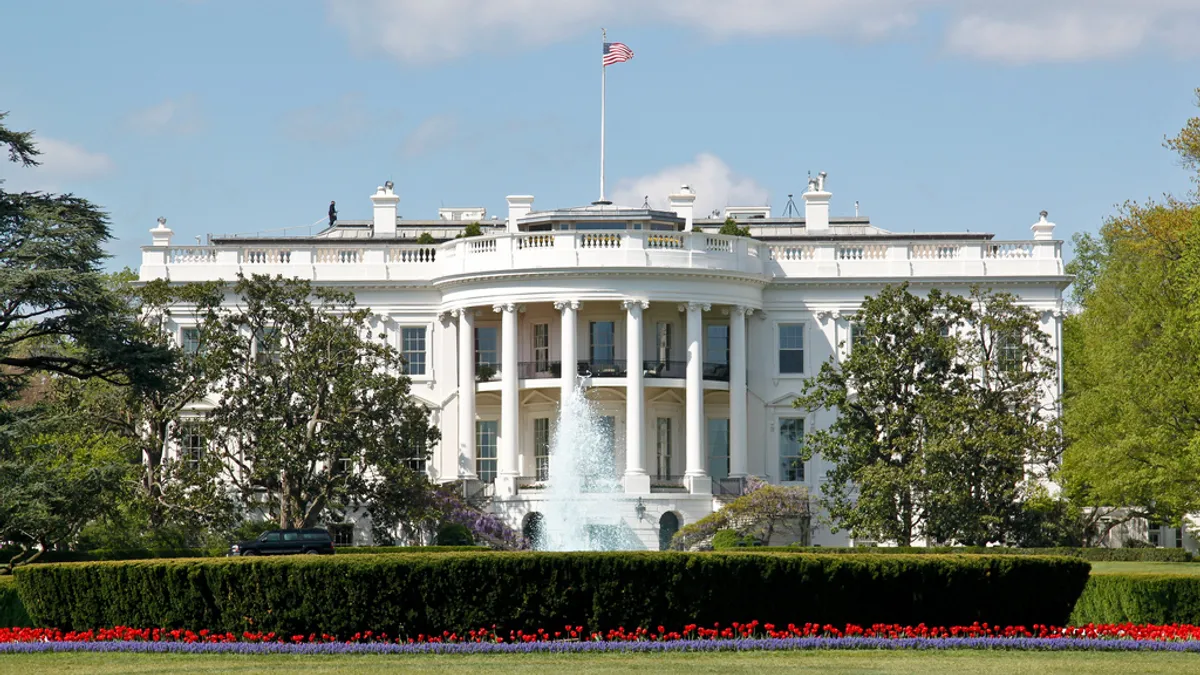Dive Brief:
- The American Institute of Architects announced its 2017 federal advocacy plan on Tuesday, and its agenda includes increased infrastructure spending and continued support of energy-efficient federal buildings.
- Other issues on the AIA's list this year include tax breaks for historic preservation and projects that feature energy savings, overall business tax reform and support for transit-oriented and walkable developments.
- The AIA develops its plan by polling members on a semi-annual basis — set to coincide with presidential and mid-term congressional elections — to determine which issues are most important to them.
Dive Insight:
The AIA highlighted the importance of making public buildings a part of the infrastructure discussion, which has largely focused on transportation projects — especially under the new President Donald Trump administration. In a December report, the AIA found that its members believed funding should also be used for libraries, schools and a variety of other public spaces.
Although Section 433 of the Energy Independence and Security Act of 2007 — which requires federal buildings to meet certain energy goals by 2030 — was enacted prior to President Barack Obama taking office, it's not clear whether Trump will include that rule in his list of regulations to repeal. The AIA said it will also work for small business tax reform, as 80% of the architecture industry is comprised of firms that fall into that category.
Last month, some architects expressed concern about the green building industry's future under Trump's administration. The new president's cabinet picks have made statements in the past that cast doubt on their commitment to progressive energy and environmental policy, and they also hinted at plans to roll back environmental regulations that hold up certain projects or create too much red tape. Only a few of Trump's properties have pursued LEED certification, according to the Architectural Record.












